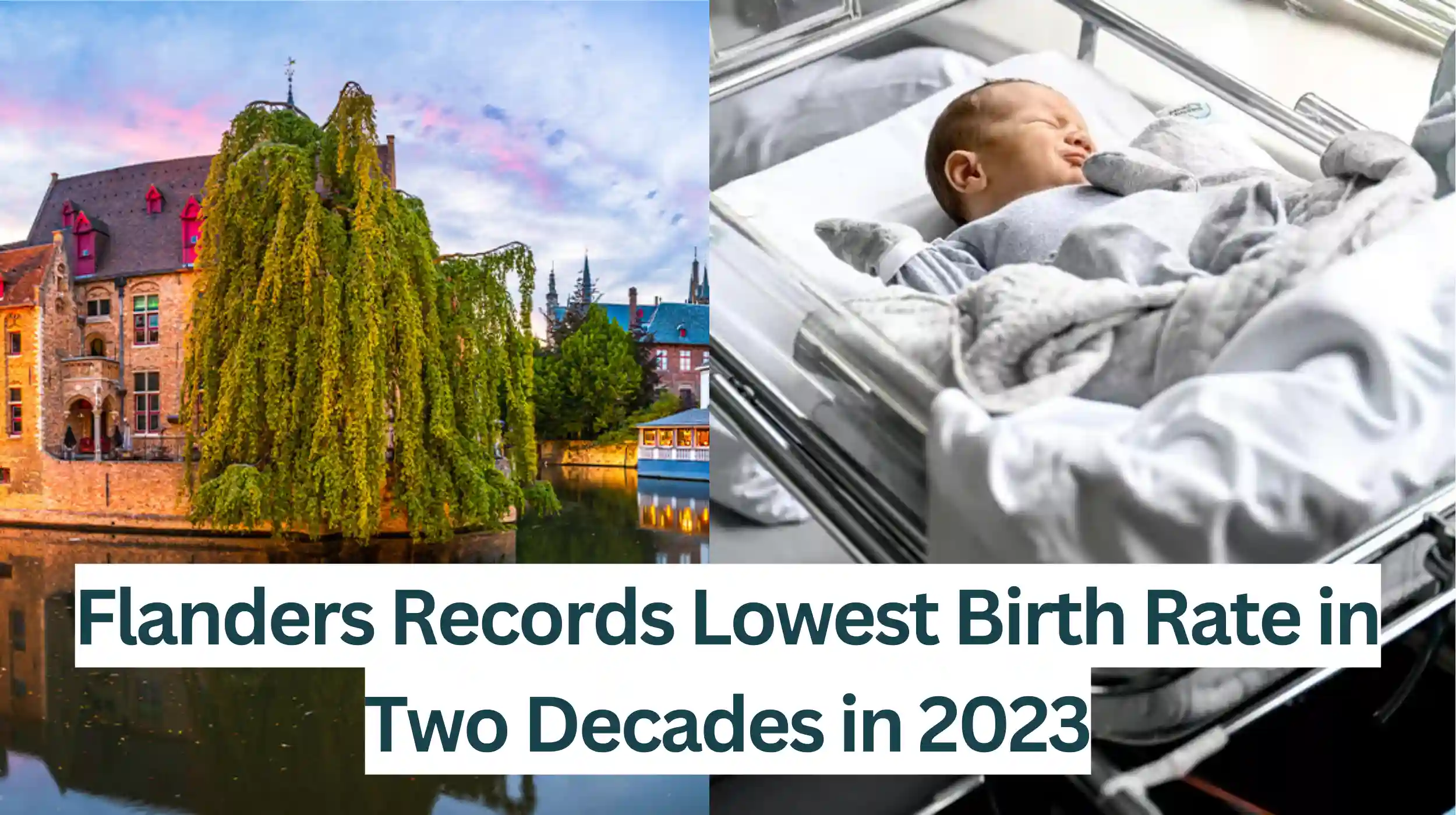Brussels (Brussels Morning) – Last year, the Flemish Region saw its birth rate drop by 1%, hitting a twenty-year low, with 63,030 births recorded. The decline was widespread across provinces except for a slight increase in Antwerp.
The birth rate in the Flemish Region fell by 1 per cent last year and is therefore at the lowest level in twenty years. This was evident from figures from the Growing Up agency. In 2023, Kind en Gezin registered 63,030 births to mothers living in the Flemish Region.
That is 656 fewer than in 2022 (-1 percent). The birth rate fell in every Flemish province, except in Antwerp where it increased slightly (+0.5 per cent). In Limburg, the decline (-2.2 per cent) was greater than in East Flanders and Flemish Brabant (-1.8 per cent) and West Flanders (-1.1 per cent).
Are Changes in Women’s Age Groups Affecting Birth Rates?
The birth rate in Flanders has been declining since 2011, with the exception of 2021, when there was an increase of 4.6 per cent. The decrease is not due to changes in the composition of the population of women aged 20 to 40 but is mainly explained by the fact that women had fewer children last year compared to 2022, especially women between 25 and 35. year.
What Gender Disparity Exists in Flemish Births?
Furthermore, it appears that, just like in previous years, more boys (50.9 per cent) than girls (49.1 per cent) were born in the Flemish Region. About 45 per cent of the children were the mother’s first child and 35 per cent were the second.
More than 70 per cent of the babies had a mother who was between 25 and 35 years old at birth. More than 16 per cent had a mother between 35 and 40 years old. The share of newborns with a mother younger than 20 years old (0.9 per cent) or older than 40 years old (3.6 per cent) remains limited and stable.
There were a total of 1,832,692 children and young people in Flanders last year. More than 1.3 million of them are minors. Most minors (82 per cent) live in a two-parent family. More than 15 per cent live in a single-parent family, of whom 12.6 per cent live with a single mother.




